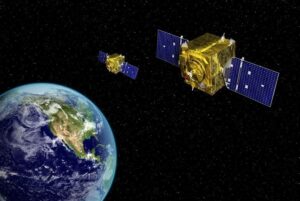
Russia's test this month of a direct ascent anti-satellite (DA-ASAT) weapon--a collision that generated more than 1,500 pieces of trackable debris, has the U.S. Space Force (USSF) wanting more tools, including sensors, to track the debris. The Nov. 15 test of the Russian DA-ASAT weapon against one of that nation’s defunct satellites also created hundreds of thousands of smaller debris pieces, U.S. officials said (Defense Daily, Nov. 15). "I can't tell you how important it is to rapidly characterize debris,"…














